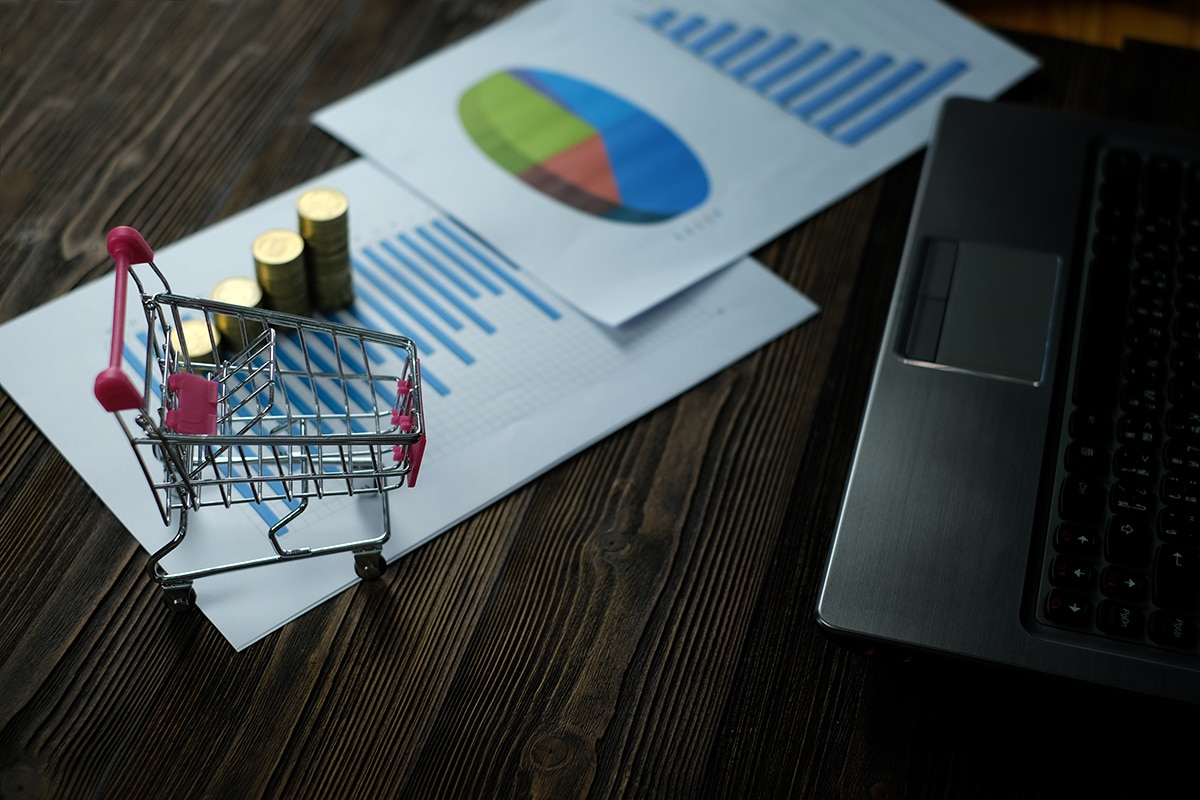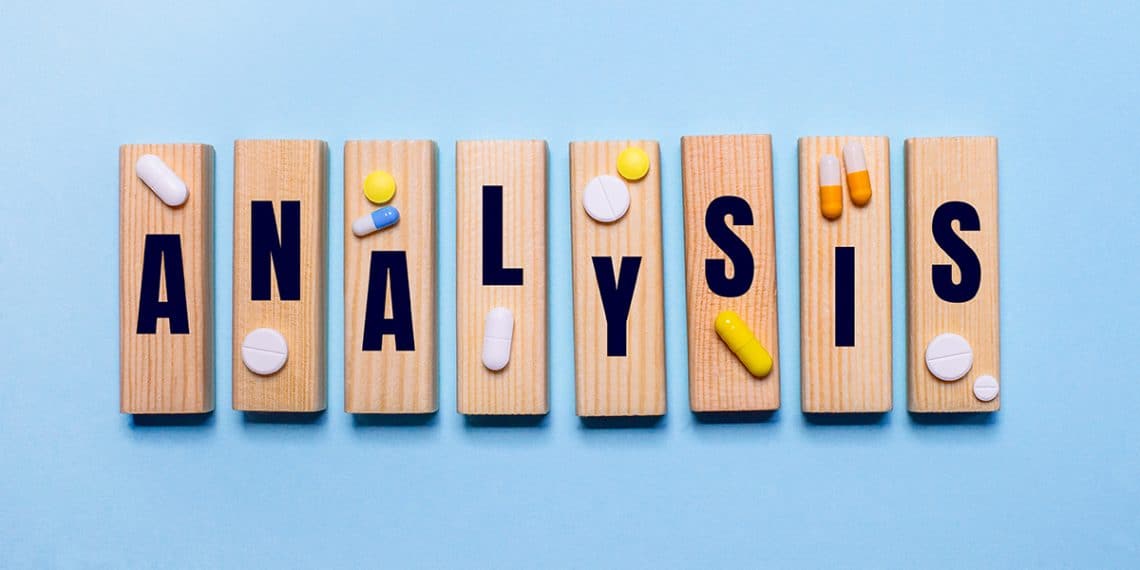Central to all your business operations and associated decisions are consumers.
After all, acquiring and retaining customers is key to your business success. So, how do you plan to bring your business closer to customers?
This is where consumer behavior analysis comes into the picture. In this, you will have to bring in tactics and tools to learn about your target audience and generate insights that will help you make better business decisions.
To help you understand consumer behavior analysis in detail, we will discuss its definition, how it works, its benefits, the factors involved, the customer behaviors to analyze, and ways to conduct customer behavior analysis to perfection.
So, let’s dive right into the content!
Collect feedback with JustFeedback
JustFeedback helps your business increase profits and reduce risk by improving your customer experience
What is consumer behavior analysis?
Customer behavior analysis is essentially a systematic study and understanding of individuals, groups, or organizations that allow businesses to learn how they make purchasing decisions.
In this, we’ll be examining several factors that positively and negatively influence consumer decision-making processes, behaviors, and preferences.
The analysis allows brands to understand why consumers behave in a certain way and how they can mold their marketing efforts to better meet the changing consumer behavior.
This exercise leads businesses to understand their target market effectively, improve customer satisfaction, build brand loyalty, develop better customer retention strategies, and drive sales and profitability.
Besides, it helps develop effective product designs, pricing strategies, and promotional campaigns while ensuring efficient use of online and offline distribution channels.
How does customer behavior analysis work?
When it comes to customer behavior, all you need to do is unveil what your target audience wants. The moment you discover customer motivations, it will help you achieve advanced segmentation and targeting based on behavior.
As you work through the intentions, you get to know how average customers engage with your brand. While you do that, you will also receive insights into what part of your business and marketing strategies work and what doesn’t.
This will allow you to create campaigns that are more relevant and revenue-generating for your brand, which will help with customer retention strategy development.

What are the benefits of consumer behavior analysis?
How can consumer behavior analysis prove advantageous for your business? Here are the benefits of consumer behavior analysis —
1. Improved customer satisfaction and loyal customers
Customers want better experiences when interacting with your brand. As you learn more about them, you get to make choices that improve their experiences — before and after-sales.
This ensures a positive impression of your brand and leads to improved customer satisfaction. Customer satisfaction even leads to higher customer loyalty.
2. More effective marketing strategies
The best part of consumer behavior analysis is the insights generated by behavioral analysis tools. With these insights, you can mold your business and marketing strategies and strive for better results.
The insights will help you identify key areas of improvement and make the necessary amends to gain higher customer retention.
3. Better customer retention strategies
In many of our previous articles, we mentioned how costly it is to acquire new customers than to retain the previous ones. If customer retention is your strategy, then you should invest in consumer behavior analysis.
Customer retention is directly connected with profitability. After all, the customers you gain can be encouraged to make more future purchases.
4. Increased sales, revenue, and customer loyalty
A data-driven approach to marketing and business operations eventually leads to increased sales and revenue. As a business owner, you must make use of every advantage you can have to beat the competition.
The insights generated by consumer behavior analysis will allow you to design better consumer journeys and experiences.
How to use consumer behavior analysis?
Here are some of the best ways to implement consumer behavior analysis for your organization —
1. Data analysis and tracking
Consumer behavior analysis is possible if you invest in data analysis and tracking. In this, you will be collecting the data through surveys and online tracking and then making use of behavioral or analytics tools to identify patterns.
This is ensured through effective customer interaction tracking across channels and touchpoints. As you use data analysis and tracking, you will get to assess and interpret data to accurately predict customer behavior.
2. Market research and surveys
Another way to influence customer behavior analysis is through market research and surveys. In this, you will be identifying the research objectives and questions and figuring out if the research method is qualitative or quantitative.
You will be selecting the target audience and then share well-designed surveys through different channels. The impact of survey sharing can then be judged as you collect data and derive meaningful insights.
3. Customer segmentation
If you are looking to use consumer behavior analysis to get closer to your customers, customer segmentation will help analyze the data for common characteristics and behavior.
After that, you can create segments on the basis of traits and preferences, which you can further use to develop personas. In this, you will be creating detailed profiles so that you can understand the needs of each segment.
4. Predictive analysis
Lastly, you can apply user behavior analysis to conduct effective predictive analysis. In this, you will be collecting data which will be processed through advanced software and machine learning tools.
Through predictive analytics, you can learn about consumer behavior with the help of patterns and trends.
Predictive analytics even produces insights and forecasts trends to help business owners make better decisions. At the same time, you will have to ensure data privacy compliance and keep your data analysis methods updated.

Which consumer behavior analysis factors to consider?
When conducting consumer behavior analysis, you will have to make sure these factors are considered —
1. Demographics
This is by far the most important factor you will track when conducting consumer behavior analysis.
Demographics will bring you closer to your customers and target audience as it will unveil information about their age, gender, income, education, occupation, and preferences.
As you put these customers in clusters or segments you will learn that demographics can significantly influence purchasing decisions.
2. Psychographics
The next factor to consider when conducting consumer behavior analysis is psychographics. In this, you will go deeper than demographics in order to accrue information about consumer’s lifestyles, values, attitudes, interests, and personalities.
When working with psychographics, you will get to know why certain consumers make certain purchase decisions and how differently they perceive your products and services.
3. Cultural influences
Culture plays a major role in shaping purchase decisions across the globe. This is one reason why we aggressively recommend tracking cultural influences like beliefs, customs, traditions, social norms, and more when drafting marketing and business plans.
Since these cultural influences are fed into the customers right from the very beginning, these have a massive impact on their ability to make purchasing decisions.
4. Social influences
Another critical factor to consider here is social influences.
When drafting a plan for consumer behavior analysis, you will have to delve deeper than cultural influences and figure out the nitty-gritty of personal relationships customers have had.
In other words, you will have to decipher the complexities of social groups, family, friends, and reference groups on consumer behavior.
5. Psychological factors
The way consumers grow up also has an impact on how they perceive brands, products, and services.
Therefore, you should make sure that consumer behavior analysis involves psychological factors like consumers’ motivations, perceptions, attitudes, beliefs, and learning processes.
This may help you achieve a more accurate prediction of consumer behavior and develop your products and marketing strategies accordingly.
6. Economic factors
Money matters the most when consumers make a purchasing decision. This is because they will only purchase or consider products that are within their purchasing power.
When conducting consumer behavior analysis, make sure you consider economic factors like income levels, employment status, inflation, taxes, and other economic conditions of a particular consumer segment.
These may impact consumer’s purchasing power and spending patterns.
7. Technological influences
Technology, especially computers and the internet has had a major impact on consumer behavior. As a business owner, your responsibility is to provide customers with the latest technology upgrades and improve their customer experience.
This is why it is crucial to track technological influences on platforms like eCommerce, social media, mobile devices, and other digital platforms. These may impact shopping habits and decision-making processes.
8. Environmental factors
We highly recommend you consider the impact of the environment, environmental campaigns, and sustainability goals when conducting consumer behavior analysis.
Since more and more customers are becoming environmentally aware, they will look for brands that reflect their preferences for ethical and environmental considerations.
9. Past behavior and purchase history
Are you tracking your loyal customers’ purchase history? Well, this alone can generate adequate insights about how customers perceive your brand and whether or not they are interested in buying more from you.
We suggest you set up a system to examine consumers’ past behavior and purchase history as this will give you an idea about their customer loyalty. The insights accrued will help predict their future actions and customize marketing campaigns accordingly.
10. Decision-making process
How does a particular customer reach its purchasing decision?
When conducting consumer behavior analysis, you must understand how well customers recognize the problem they experience and whether or not they perceive your brand as a solution.
You will have to see how consumers search for information, evaluate alternatives, and conduct post-evaluation.

Which customer behaviors should you analyze?
If you have just started with consumer behavior, you can check for these customer behaviors while analyzing —
1. Nature of the purchase
The very first customer behavior you should analyze is the nature of the purchase. This will involve the purchase intent of the customer.
You will know if the customer is habitual or makes impulse purchases. You might even get to know if the customers are variety-driven or are more influenced by promotions. This will help you figure out how customers respond to different marketing campaigns.
2. Average spending
If you know how much a particular customer or a segment of the audience likes to spend, you can easily create a marketing campaign to encourage increased purchases.
As you track the expenditure behavior, you will get to know if your audience likes to spend more or less as well as the average purchasing power.
3. Demographics
Are you interested in personally learning about your customers?
Then you should consider demographics as a major factor for consumer behavior analysis. In doing this, you will have to check for consumers’ gender, age, income, location, and other critical customer points.
This is crucial because such intricate details help make customer segments more meaningful and useful for creating better marketing campaigns and customer-business relationships.
4. Churn rate
Customers leaving is never a good sign. Thus, churn makes a significant behavior while conducting consumer behavior analysis. Fluctuations in churn rate can be tracked by monitoring the touchpoints in the customer journey.
You need to know the potential roadblocks in the customer journey and how it impacts the customer experience. The obstacles can be mapped with consumer behavior and customer churn.
5. Frequency and recency
When it comes to tracking customer engagement, the most important thing to check is the frequency at which a particular interaction happens. You must know how frequently customers engage with your brand while tracking the time in between those interactions.
Doing this will provide you with insights about one-time purchasers and also about customers who are loyal and come back for repeated purchases.
6. Preferred channels of engagement
Not just frequency of engagement, business owners must also know the channels that customers use in order to reach out to their brands. This is an important consumer behavior because customer touchpoints across different channels can be very different.
Tracking these channels and how customers use them will help you achieve better targeting, i.e., will help send the right message to the right customer at the right time.
How to do consumer behavior analysis?
Now that you are well-acquainted with consumer behavior analysis, here are the steps you can use to conduct the same —
1. Identify prospects
The very first step in the process is to categorize customers into certain segments that make it easier for you to make precise interactions.
You will have to build customer profiles and put them into clusters ensuring all customers showing similar traits are put in one cluster.
While doing this, you will have to consider factors like demographics, geographics, product channels, and previous purchases.
2. Extract features to create profiles
The next step in the consumer behavior analysis process is to extract the features that will help create better customer profiles.
To do this successfully, you will have to ask yourself relevant and critical questions.
You must figure out who your best customers are and why they are into your brand. Do research to find out what they buy the most and why they choose you over your competitors.
3. Create modes for analysis
The next step in consumer behavior analysis is to create models that will help you with consumer behavior analysis in the future.
In this, you will be using behavioral and machine learning tools to predict the consumers’ future actions, intent, churn, and product preferences.
You can couple this with lead scoring and generate a better assessment of leads. We highly recommend you use analytics tools as these come with data visualizations and related features.
4. Customize communication
As you successfully create profiles and segments, you will find it easier to draft communication plans that would trigger a specific segment.
Your teams will be able to create separate campaigns that will cater to high-intent and low-intent prospects separately.
At the same time, you will be able to personalize the marketing campaigns as this approach helps create a better pipeline — leading to an improved stage-to-stage conversion rate.
Final thoughts!
There you have it. We have shared everything you need to know about implementing consumer behavior analysis at your organization.
In this comprehensive guide, we made sure you understand the basics of consumer behavior analysis, get to know its benefits, and find ways to get started. Remember, the customer is the king. Therefore, you will not just have to acquire new customers.
You will have to make sure the existing customers stay with you for a long time. With behavior analytics tools, you can easily incorporate consumer behavior analysis into your marketing and business strategies and reap more benefits.
Did you find this post helpful? Stay tuned to read more informative posts in the future.
